
New Research Upends 10,000-Step Rule for Older Adults

For years, fitness trackers have flashed that same number at millions of users. Hit 10,000 steps daily, or face the consequences. But what if that target has been wrong all along? What if older adults could gain life-saving benefits with far less effort?
For decades, the “10,000-step rule” has dominated public health advice, fitness marketing, and wearable technology. It became a universal benchmark of wellness — a simple number that promised longevity and protection from disease. But a growing body of evidence now suggests the truth may be far less demanding.
New research from Harvard University has uncovered findings that could upend this long-standing fitness dogma. According to the study, walking just 4,000 steps on one or two days per week can cut the risk of premature death by more than a quarter. Even more surprising, participants didn’t have to maintain this pace daily to reap substantial health benefits.
Published in the British Journal of Sports Medicine, the study challenges decades of conventional wisdom about how much movement aging adults truly need. The findings could fundamentally reshape how doctors and public health experts advise older patients about exercise — emphasizing flexibility and achievable goals over rigid daily targets.
Tracking More Than 13,000 Women Over a Decade
To dig deeper into the link between walking frequency and long-term health outcomes, researchers from Harvard University and Brigham and Women’s Hospital in Boston launched a massive, decade-long prospective cohort study. Their goal was simple yet crucial: to determine how many steps older adults actually need — and how often — to extend life and reduce disease risk.
They recruited 13,547 American women aged 62 and older, with an average age of 72. Every participant wore a medical-grade ActiGraph GT3X+ accelerometer for seven consecutive days between 2011 and 2015. The women entered the study free from cardiovascular disease and cancer, ensuring that results reflected new, not pre-existing, conditions.
Over the following 11 years, researchers monitored health outcomes through the end of 2024. During that period, 1,765 women died and 781 developed cardiovascular disease.
Participants were categorized by how many days per week they reached various daily step counts — 4,000, 5,000, 6,000, and 7,000 steps. Using Cox proportional hazards regression models, the team calculated risk reductions while adjusting for confounding factors like diet, smoking, weight, and pre-existing health conditions.
The scope and duration of this study make it one of the most comprehensive investigations into walking habits and mortality ever conducted among older women.
Numbers Tell a Striking Story

The data revealed a surprisingly powerful pattern. Women who hit at least 4,000 steps on just one or two days per week had a 26% lower risk of death from all causes compared to those who never reached that threshold. Their risk of heart disease dropped by an equally impressive 27%.
When participants reached that same 4,000-step mark on three or more days weekly, mortality risk plummeted by 40%, though cardiovascular risk plateaued at the same 27% reduction.
Higher step counts did provide further gains — but with diminishing returns. Women averaging 7,000 daily steps cut overall death risk by 32% and heart disease by 16%. In other words, going from zero to even modest walking levels produced the biggest payoff.
Across all participants, the average daily step count was 5,615 — far below the vaunted 10,000-step goal. Yet even these moderate numbers translated into measurable, life-extending benefits. The takeaway was clear: more movement helps, but perfection isn’t required.
Volume Trumps Frequency
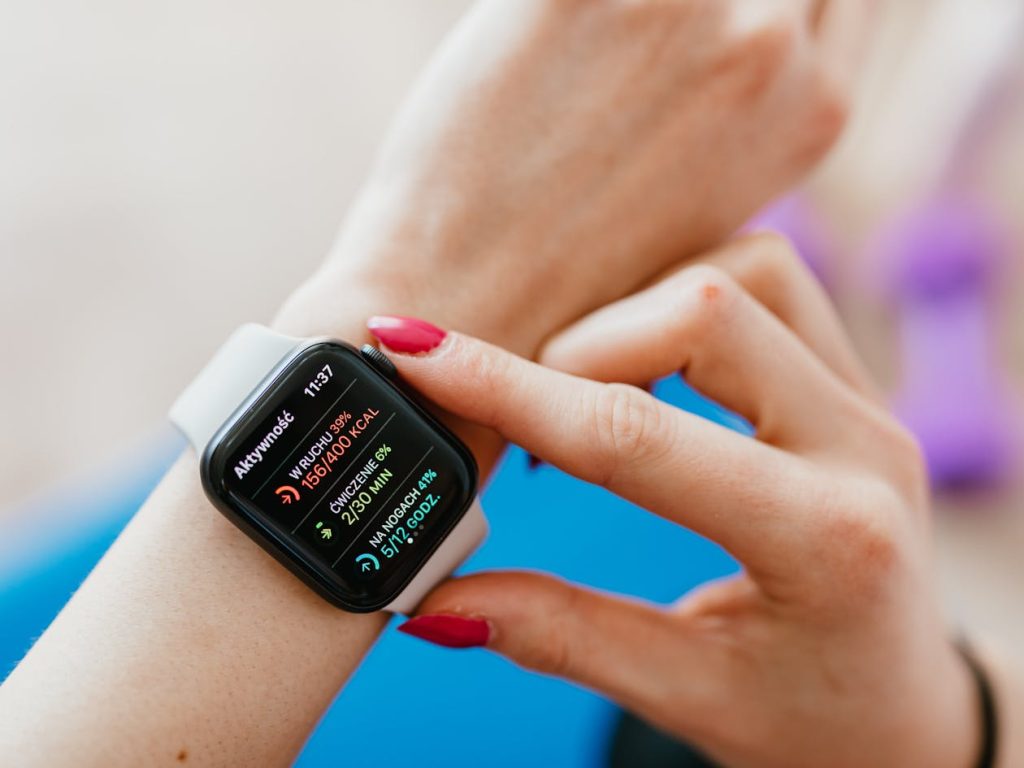
Perhaps the study’s most revolutionary insight lies hidden in its statistical models. Once researchers adjusted for total weekly step volume, the relationship between frequency and health benefits nearly disappeared.
In plain language, what matters most is how many steps you take overall, not how often you hit your goal. A woman who walks 12,000 steps in one day and rests the rest of the week can expect similar benefits to someone who walks 2,000 steps daily for six days.
“An important translational implication of these findings is that since step volume is the important driver of the inverse associations, there is no ‘better’ or ‘best’ pattern to take steps,” the researchers wrote. “Individuals can undertake physical activity in any preferred pattern for lower mortality and CVD risk, at least among older women.”
This flexibility could be transformative. Weekend warriors — or anyone balancing chronic pain, caregiving duties, or part-time work — can still gain meaningful protection without the pressure of daily exercise. The message is liberating: how you move matters less than that you move.
Challenging the 10,000-Step Orthodoxy

The “10,000-step” target has long been treated as scientific gospel. Yet few people realize its origins were not medical, but marketing. In the 1960s, a Japanese pedometer company coined the term manpo-kei, meaning “10,000-step meter,” to promote its device. The catchy slogan stuck — and decades of health campaigns cemented it in the public imagination.
Now, science is steadily dismantling that myth. Current research shows that 4,000 steps — less than half the old standard — deliver profound health benefits for older adults. For individuals with arthritis, limited mobility, or balance issues, this lower goal feels not only realistic but empowering.
Older adults who once felt discouraged by unattainable goals can now take comfort in knowing that progress doesn’t vanish if they skip a few days. The protective effects persist even with intermittent activity.
For clinicians, this evidence supports a shift toward personalized, compassionate exercise recommendations. Rather than prescribing one-size-fits-all rules, doctors can now tell patients that every bit of movement counts — even if it happens only a few times a week.
Acknowledging What the Study Cannot Tell Us

Despite its impressive scale, the study wasn’t without limitations. As an observational analysis, it cannot prove direct causation. It’s possible that women who walked more were already healthier, though researchers did adjust for known lifestyle and health variables.
Moreover, physical activity was recorded for only one week — a snapshot that might not represent long-term habits. Dietary data were not included, even though nutrition plays a major role in cardiovascular outcomes.
Another limitation: the study focused exclusively on women over 62, leaving questions about whether similar effects apply to men or younger adults. Biological and hormonal differences could influence how walking impacts health and longevity across populations.
Researchers acknowledged these caveats and urged future studies to include men, younger cohorts, longer tracking periods, and dietary metrics. Only then can science fully capture how walking patterns interact with other health factors over time.
Making Walking Work in Real Life
Dr. Tara Narula, ABC News’ chief medical correspondent, emphasized the importance of weaving movement into daily life when discussing the study on Good Morning America.
“It’s really about building it into your daily lifestyle,” Narula said. “Get off the bus a stop early, park your car a little farther away, or take the stairs instead of the elevator. Every small decision adds up.”
She recommended short walking breaks during lunch hours, phone meetings, or household chores — opportunities to move without disrupting one’s day. “Even ten minutes can make a difference,” she noted.
Social motivation helps too. Walking groups in local communities keep members accountable while transforming exercise into connection. Listening to upbeat music or walking with pets can also make the routine enjoyable.
Step-tracking devices, once dismissed as fads, now serve as useful behavioral tools. Watching numbers climb throughout the day provides instant feedback and motivation. “Seeing progress makes people more engaged,” Narula explained. “It turns physical activity into a rewarding loop.”
Ultimately, small, sustainable habits — not rigid goals — create the biggest long-term change.
Shaping Tomorrow’s Guidelines

Interestingly, the current U.S. Physical Activity Guidelines do not include specific step counts. The next update arrives in 2028, and Harvard researchers hope their findings will influence those recommendations.
“These findings provide additional evidence for considering including step metrics in the next physical activity guidelines, and that ‘bunching’ steps is a viable option for health,” they concluded.
Including concrete step targets would make public health advice clearer and more measurable. Telling people to “stay active” is vague; saying “aim for around 4,000 steps when you can” is empowering.
Recognizing that bunched activity works as well as daily consistency could also reduce guilt and perfectionism — common barriers that discourage participation. Someone who can only walk on weekends now has data confirming their effort is worthwhile.
Public health experts must balance ambition with attainability. If goals are too lofty, people give up. A flexible, evidence-based target could motivate millions of older adults to keep moving — improving population health far more effectively than one-size-fits-all rules.
Freedom to Move Your Way
The bottom line feels refreshingly human: walk when you can, however you can. Whether you spread your steps across the week or bundle them into one or two active days, the benefits remain substantial.
Consistency helps, but perfection isn’t required. Missing several days won’t undo your progress. Even one solid walking session each week protects your heart and extends your life expectancy.
For older adults juggling caregiving, health challenges, or unpredictable schedules, that flexibility removes one of the biggest psychological barriers: guilt.
Modern fitness culture often preaches “all or nothing.” The Harvard study reminds us that something is always better than nothing. Movement, in any form, is medicine.
So, the next time your fitness tracker nags you about missing 10,000 steps, you can smile — and keep walking at your own pace. Because science now says that 4,000 well-earned steps can change your life.
News in the same category


Conveniently keep these 3 things under the bed, no wonder the family is in chaos, has many difficulties, and still works hard

5 Phrases That Indicate a Man is About to Leave His Wife for Another Woman

Can You Find The Missing Girl in the Wilderness

Why You Keep Your Room Messy According to Psychology

Can you spot the hidden dog? Only people with eagle eyesight can!

Can you spot the book, egg, cup, and pillow?

Scientists discover evidence of 'Adam and Eve' living 200,000 years ago

Discover Love in the Little Things: Everyday Connections

The Political Science Of Ending Animal Testing In The US

These organic burial pods will turn your body into a tree after you die

Tragus Piercing What Does It Mean

💪 Sarcopenia: Why Muscle Loss Happens & How to Fight It (After 50)

Japanese scientists delete chromosome that causes down syndrome

Princeton Just Changed Higher Education Forever: Families Earning Under $250K Won’t Pay a Single Dollar in Tuition

8 Signs That Two Souls Are Connected, No Matter The Distance

Can you spot the book, egg, cup, and pillow?

Inside Sweden’s Cashless Future: Thousands Opt for Microchip Implants
News Post
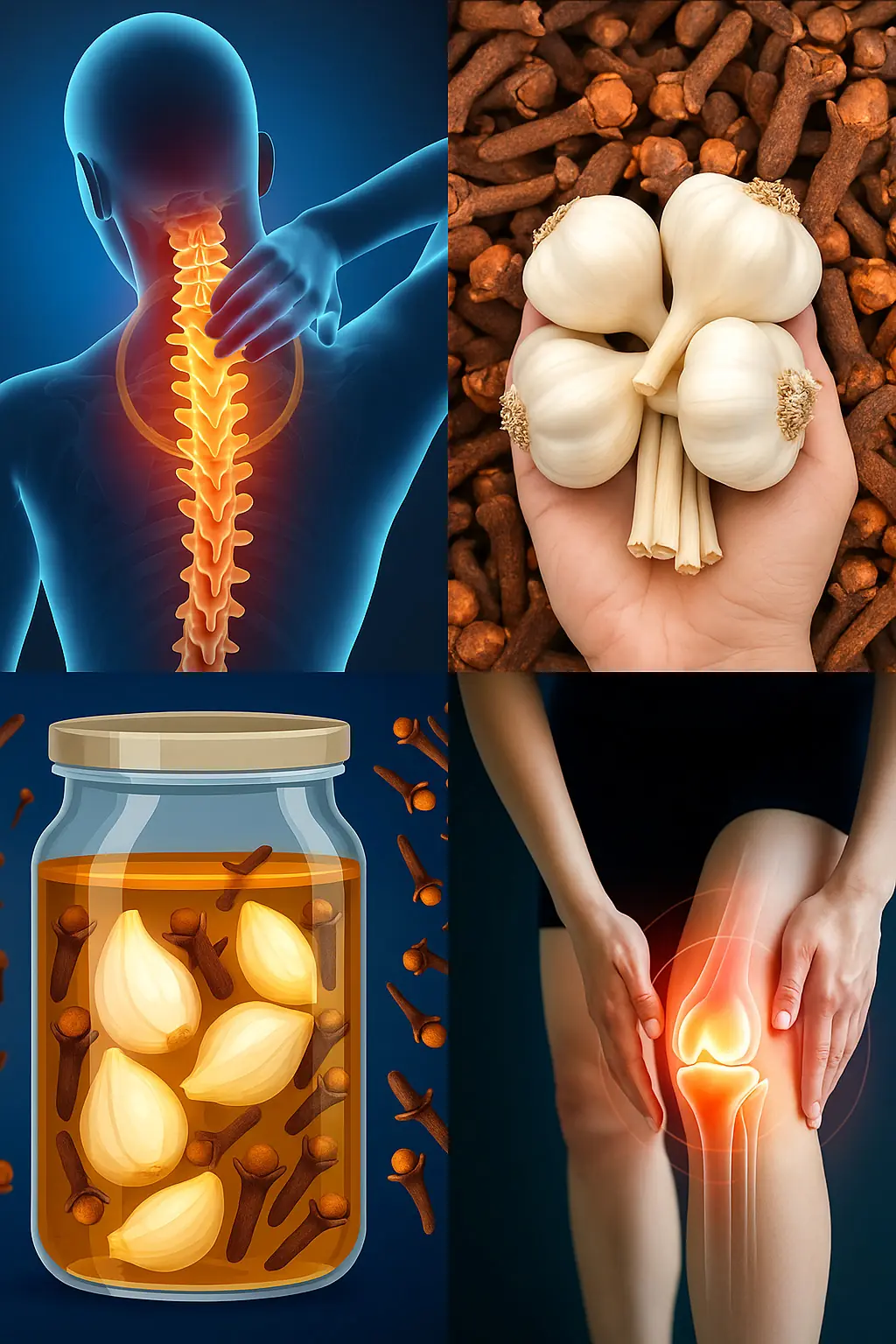
Garlic & Cloves: The Natural Remedy for Varicose Veins and Circulation

Here’s Why Many Couples Start Sleeping In Separate Beds After 50

5 foods that heal your body and STARVE cancer—eat these now!

Conveniently keep these 3 things under the bed, no wonder the family is in chaos, has many difficulties, and still works hard
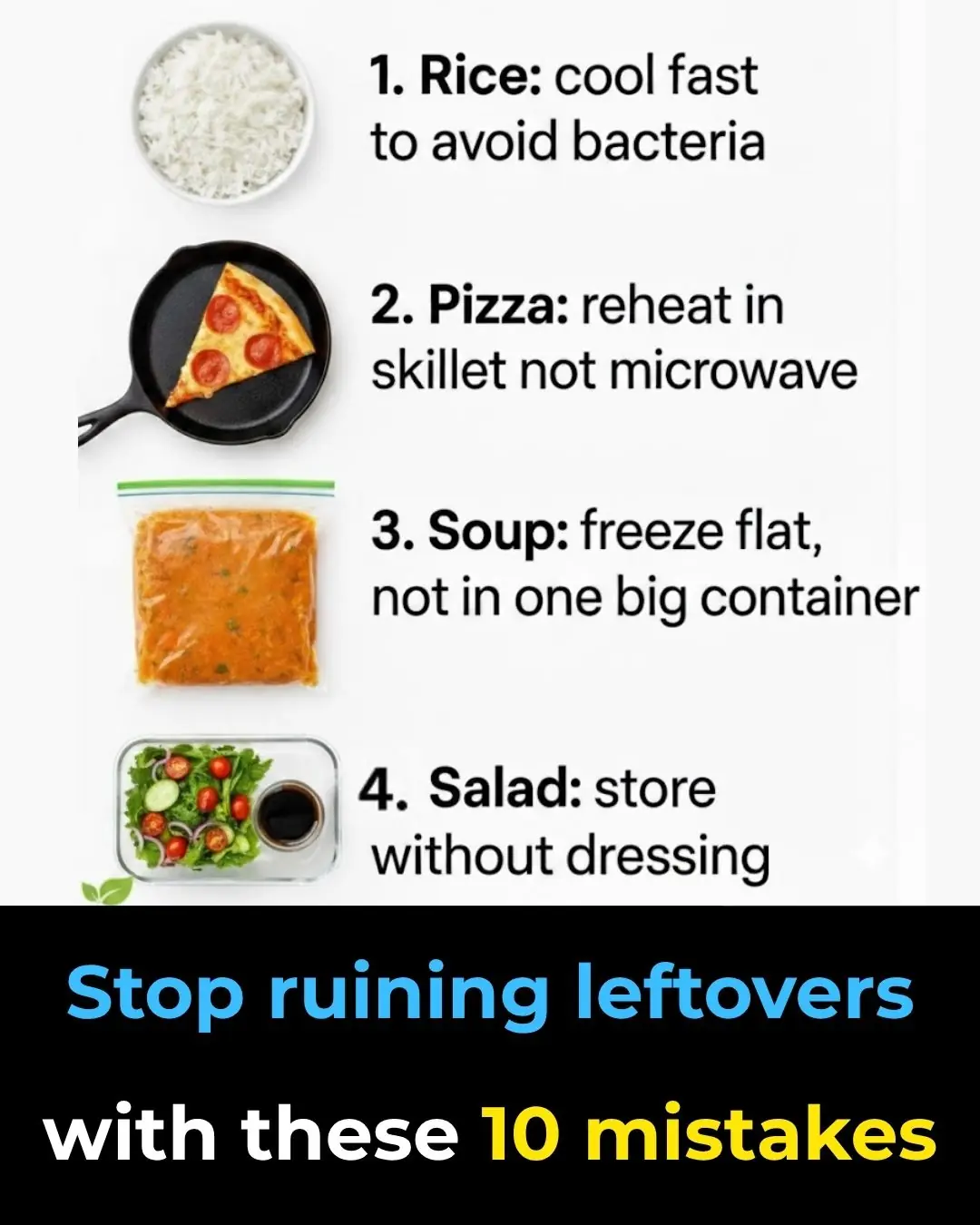
Stop ruining leftovers with these 10 mistakes

You're doing it all wrong. Here’s the right way to store tomatoes

Diagnosed With Terminal Cancer That Spread to Her Brain, the Woman Broke Down in Tears After Learning the “Culprit” Came From Her Own Family

The Impressive Health Benefits of Guava Fruit and Leaves & How to Eat Guava (Evidence Based)
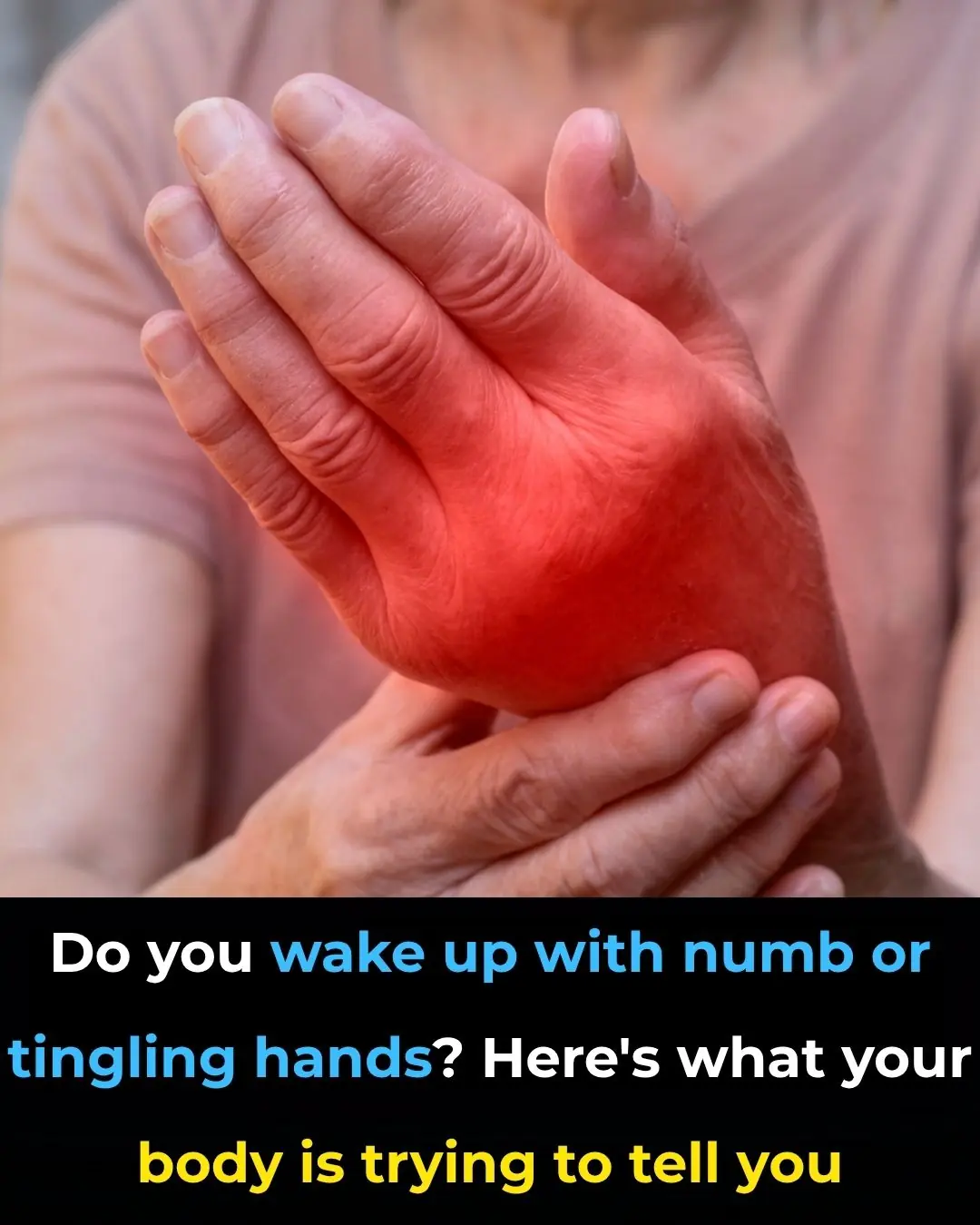
Do You Wake Up With Numb or Tingling Hands? Here's What Your Body Is Trying to Tell You

5 Phrases That Indicate a Man is About to Leave His Wife for Another Woman

You’re doing it all wrong. Here’s the right way to vacuum carpets

Can You Find The Missing Girl in the Wilderness

How to Control Blood Sugar Levels with a Boiled Egg

Why You Keep Your Room Messy According to Psychology

I started adding chia seeds to my breakfast every day — and within a week, I noticed some surprising changes
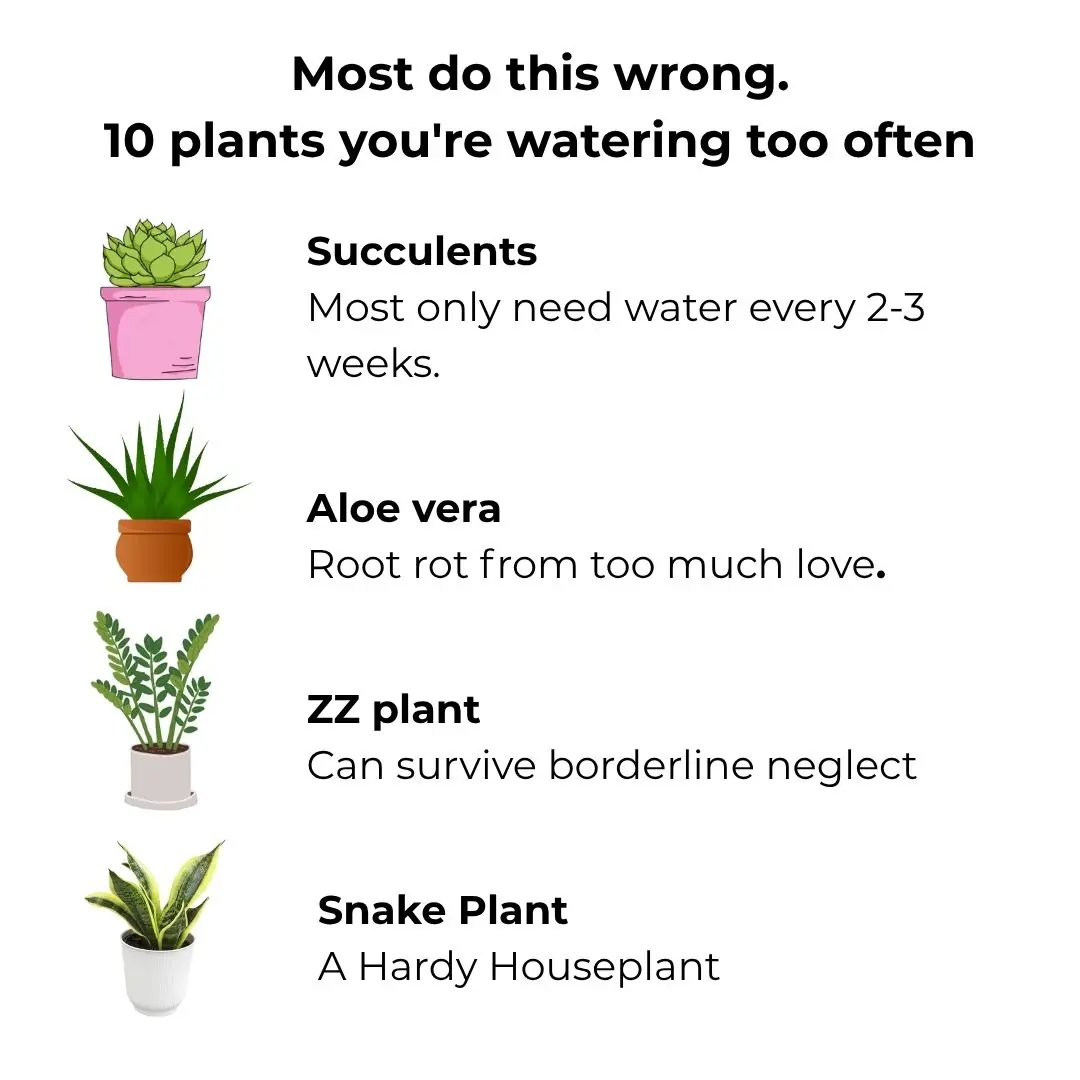
Most do this wrong. 10 plants you’re watering too often

Most don’t know. 12 brilliant ways to use WD-40 around the house

When frying lolot leaf patties, remember to take an extra step so the patties turn out fragrant, bright green, and not darkened.

4 powerful vitamins that help protect you from cancer—start today!
